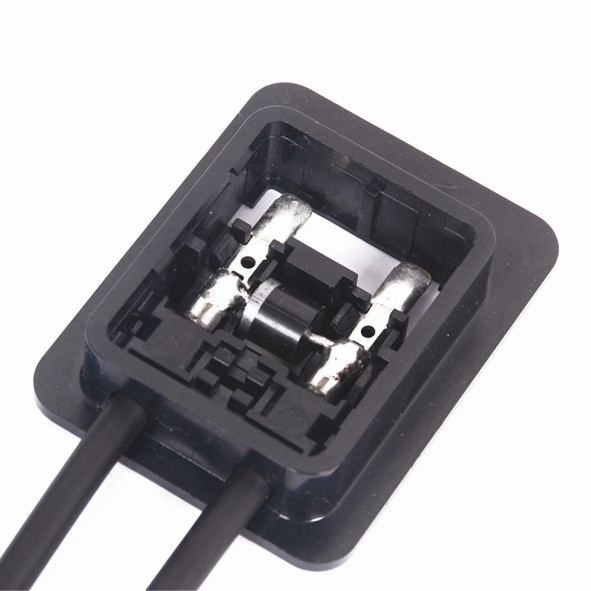How Much Do You Know about Photovoltaic Junction Boxes?
Let's have a comprehensive understanding of PV junction box. It consists of lid, box, terminal blocks, diode, connecting line and connector.
Its outer skin has the ability to anti aging and prevents itself from ultraviolet rays. Therefore, it can be used in severe environment. The function of self-locking makes this kind of connection type used more convenient and flexible. It must have the design of avoiding water and prevent people from getting electric shock scientifically, which make it more secure. The terminal blocks should be installed firmly in order to bring better weld ability to confluence. The diode can be divided into bypass diode and the diode that can prevent recoiling. The two of them are used to conduct and keep the solar junction box from heat. If something shelters the battery from sunshine, the battery does not work well. When meeting up with such condition, the shunt diode will work automatically. The diodes which are used today just keep the battery from burning up.

Photovoltaic module can be used in the field of building. For example, the photovoltaic roofs apply the original building and standard photovoltaic module to realize the aim to generate electricity. Besides, photovoltaic curtain wall uses the standard component or double glass components to generate electricity. The combination of photovoltaic battery and building materials has become building component. The new construction of buildings will use this way and it will be the future development trend. Photovoltaic junction boxalso can be used to generate electricity, so the application of it in large power station will be the main stream. Especially it can be used in country, pasturing area, island, plateau, desert and other remote places.
As time goes by, this technology develops a lot and it begins to enter the global market, but the maker must acquire the certificate issued by the authoritative third-party certification authorities.
There are many tests in order to be audited and certified, which includes visual inspection, maximum power determination, insulation test, wet leakage current test, measurement of temperature coefficients, measurement of nominal operating cell temperature, performance at STC and NOCT, performance at low irradiance, outdoor exposure test, hot-spot endurance test, UV preconditioning test, thermal cycling test, humidity-freeze test, damp-heat test, robustness of terminations test, mechanical load test, hail test, bypass diode thermal test, accessibility test, cut susceptibility test, ground continuity test, impulse voltage test, dielectric withstand test, and temperature test.
Though hard it is to comply with international standards, there is still a long way to go.

